Labor Day has passed, and in most years, the entire country would now be back to school. Kids would be learning, catching up with old friends, and swapping stories from the summer. Teachers would have decorated and readied themselves for a year of struggles and smiles, learning and community.
Traffic is always heaviest this time of year, because of school buses full of kids, and parents going to work, returning from summer vacations.
But in far too many places, including much of Kentucky, this is not the reality.
There are no buses, no kids in classrooms, and few smiles.
It doesn’t have to be this way. We’ve been admonished for months by nags in the media to “follow the science.” What they mean, of course, is the science that fits their preconceived notions.
What if the science tells us that school-age children get COVID less often, transmit it less, and have fewer severe cases? What if the science tells us the mortality rate for those under 18 is 1 in a million, or far less than the seasonal flu?
What if the science – from the American Academy of Pediatrics, to the schools that have already re-opened and can provide data – tells us that it is better, safer, and smarter to have our kids at school?
Thales Academy in Raleigh, N.C., is a charter school system with multiple campuses and nearly 6,000 students, teachers, and staff. They reopened on schedule in July and are in their 8th week of in-person instruction. They have three cases of COVID among the 6,000 people. None were contracted in school, and no one who got sick spread it within the school.
Fairfax Christian School is an oasis among closed schools in the D.C. suburbs of Northern Virginia. Every single surrounding school fearfully closed to in-person learning. FCS and their 400 students and staff have been back on campus five days per week in person for three weeks, with no COVID cases.
Both of these schools share some ideas – they socially distance as much as possible, including not changing classrooms as often and having lunch in their classroom instead of a cafeteria. They temperature check and health quiz every child, every day. They have remote learning enabled to make it easier for sick kids to stay home and still learn.
These are all things that could be replicated, if the government were able to run things properly and make good decisions based on data.
In my home state of Kentucky, Christian Academy of Louisville has reopened for its 2,000-plus students, with remarkably similar results – only one current, school-based case and quarantine.
We are also seeing that while there are many positive cases as colleges return, even that age group is remaining resilient against the disease itself – out of nearly 15,000 positive cases for returning college students, there have been exactly zero hospitalizations.
Let me state clearly: I am not denying this disease is bad. I had it. I have friends and family who had it. I went to my local hospital to volunteer to treat very sick patients who had it, some of whom died. Many Americans have lost their battles with this and lost their lives. We should take it seriously.
But we should take the rest of our society seriously, too, and take appropriate measures that allow us to get back to school, to work, and to resurrecting our economy.
Every closed school is parents who can’t go to work.
Every closed school puts at-risk kids more at risk.
Every closed school that is closed out of fear and not reality is a tragedy we should avoid.
